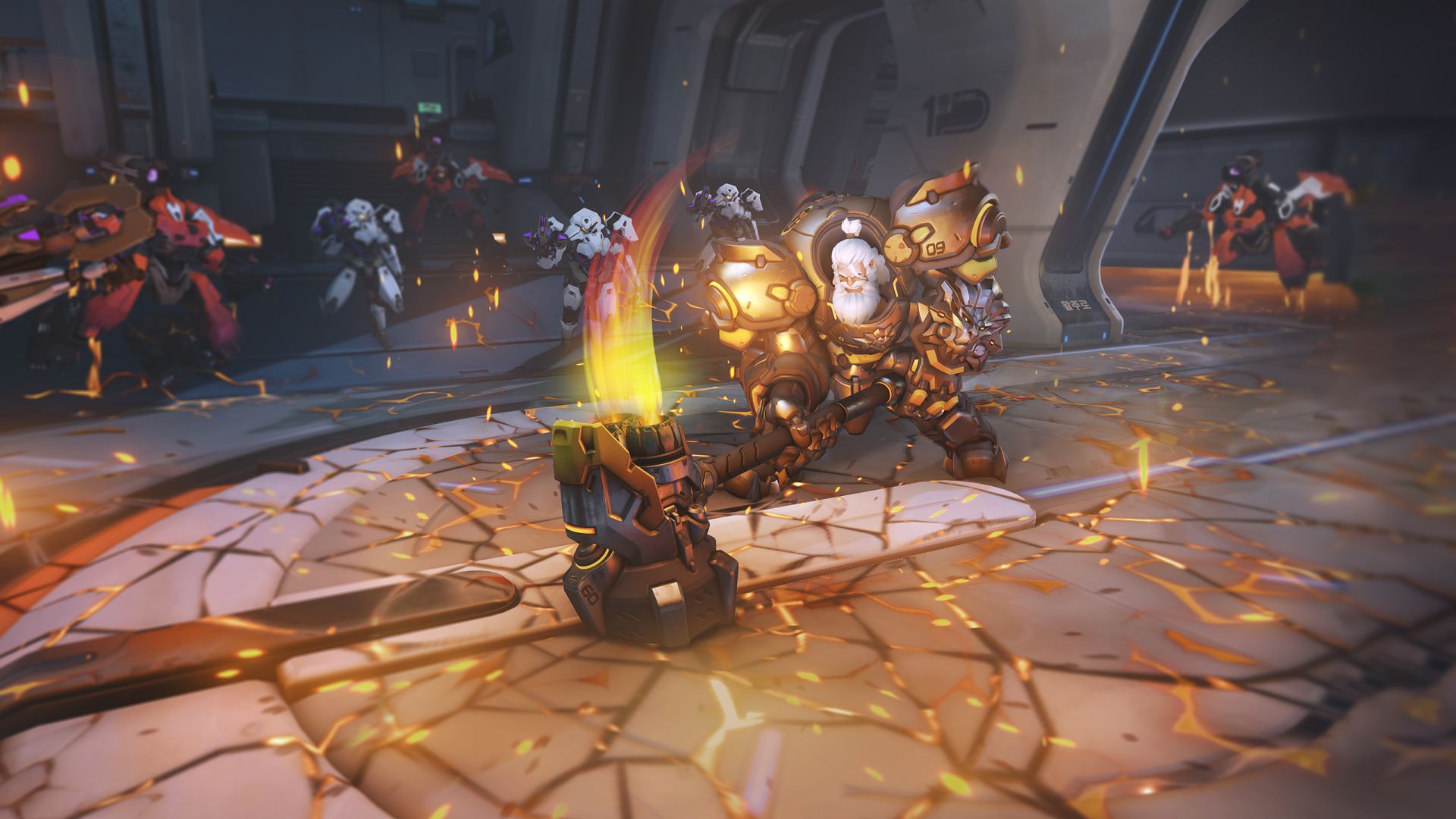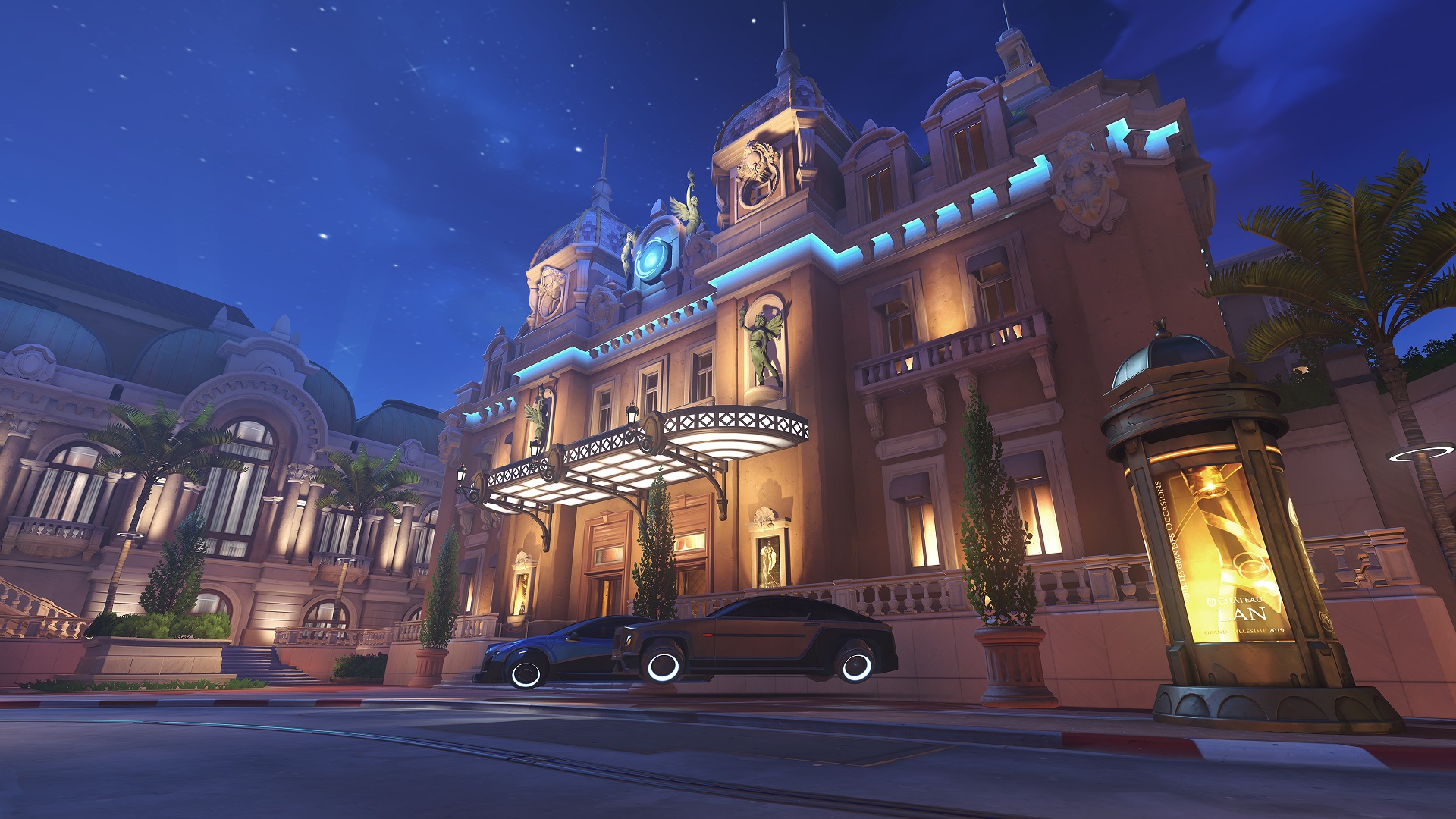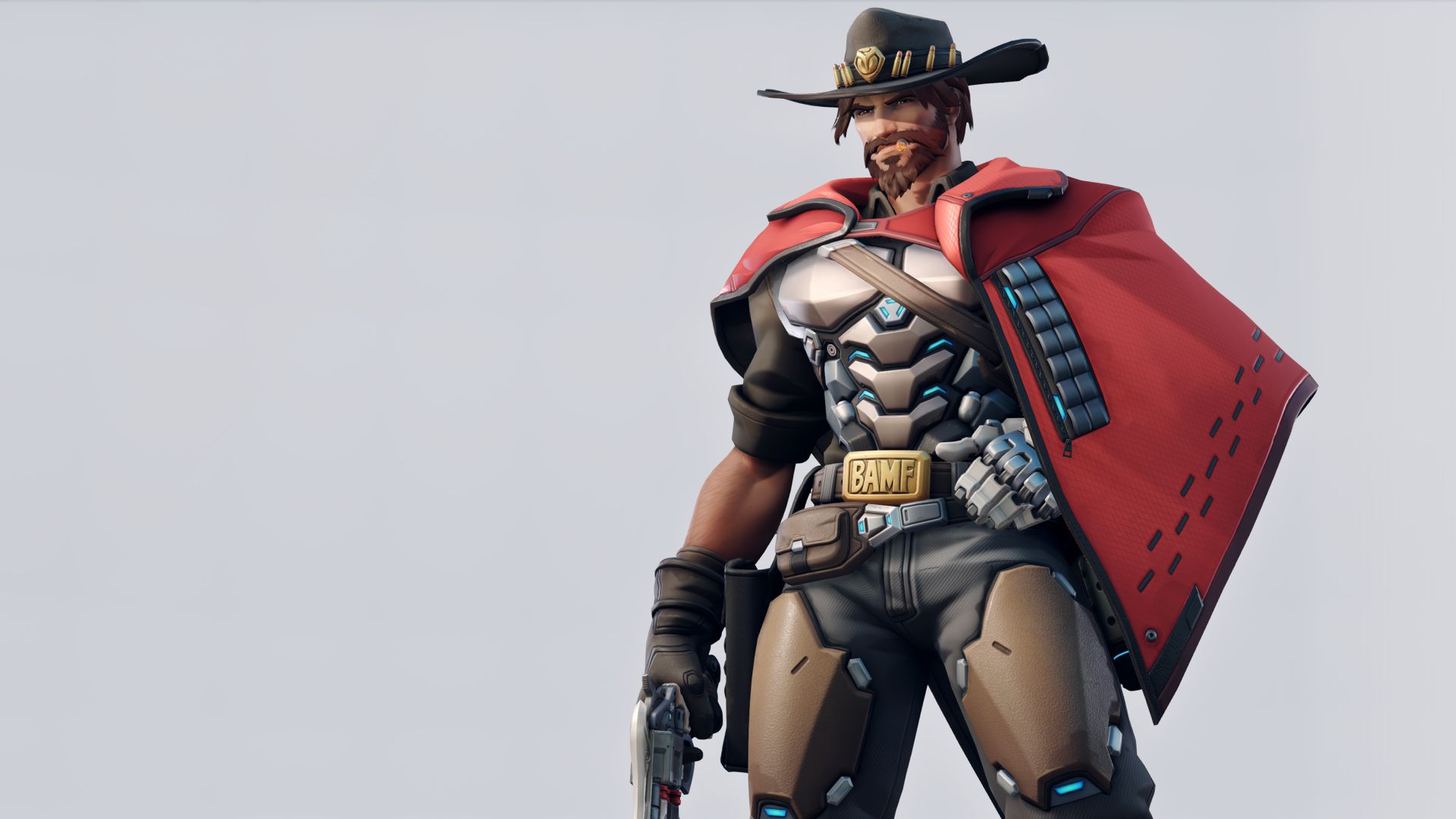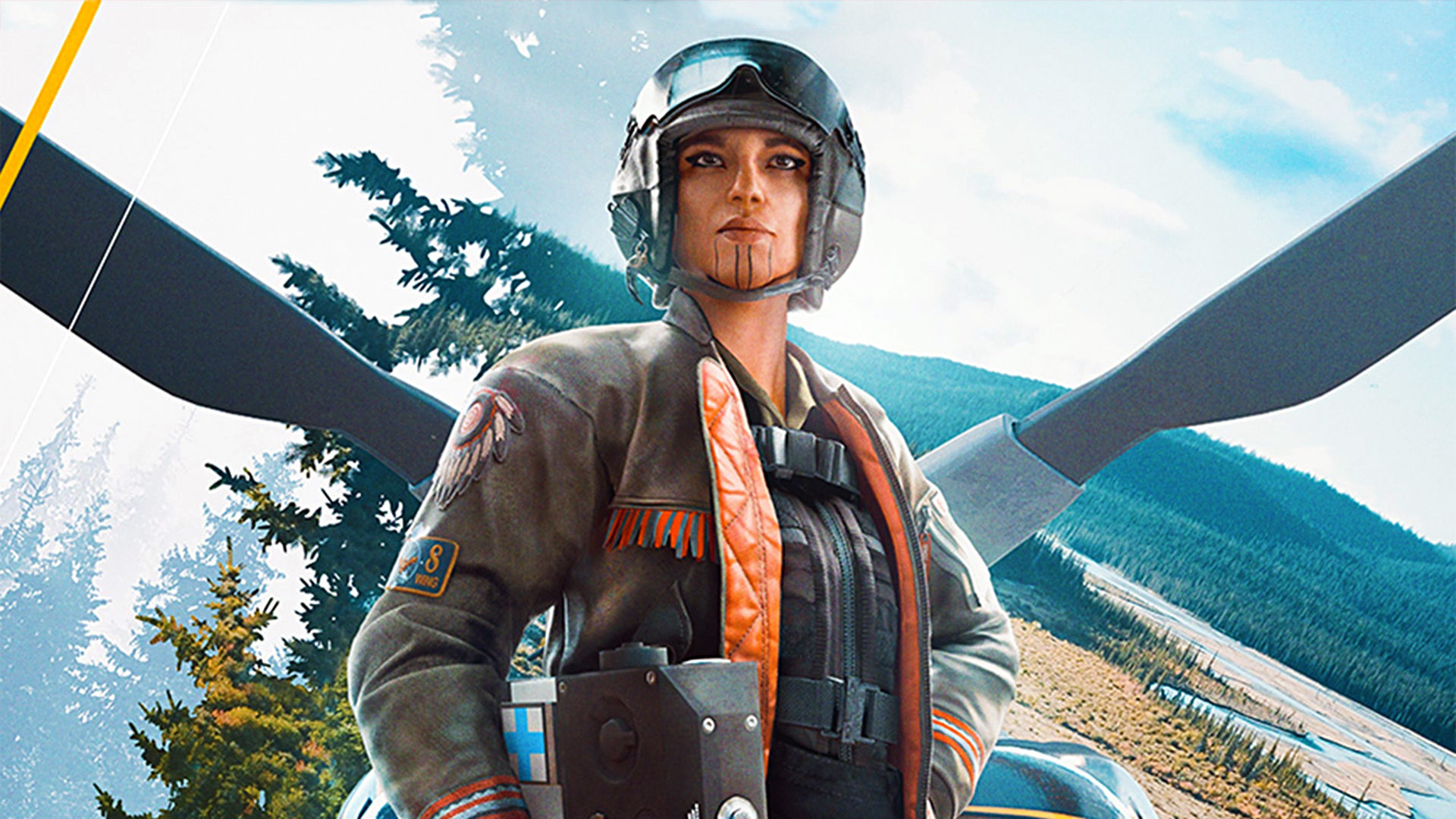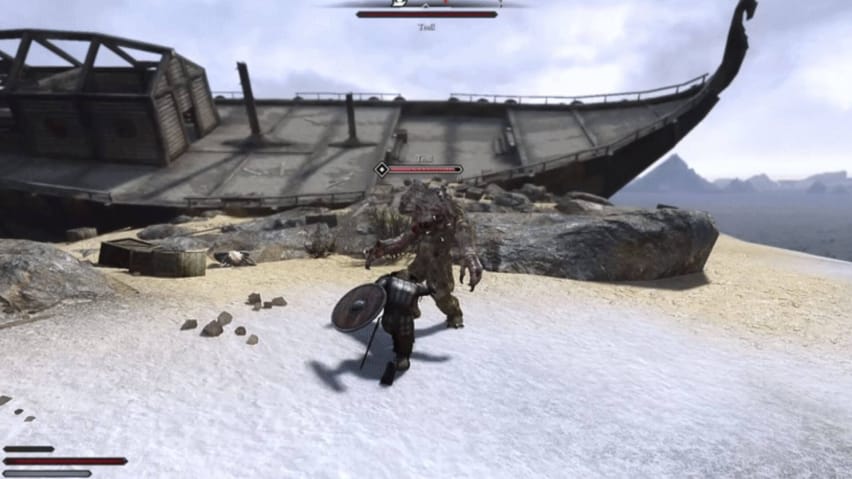It’s been a few days and the dust has begun to settle but for the Overwatch community, the wound still stings. The original game’s 6v6 player vs. player set-up – whether it’s a cluster of duplicate heroes from days old, the endlessly annoying DPS-only compositions of Quick Play and eventually, the 2-2-2 structure of Role Queue – is going away in Overwatch 2. In the latest PvP livestream for the sequel, Blizzard Entertainment confirmed that 5v5 would be the norm with one Tank role being removed entirely. Going forward, teams will be composed of two Supports, two DPS and only one Tank.
One who isn’t familiar with Overwatch, which launched in 2016, may think that the game is on its last legs so why do these changes really matter? On the contrary, despite releasing only one new hero, no new modes and no new 6v6 maps last year, the hero shooter gained 10 million players and hit 60 million players in total as of 2021. So while it may not seem a big deal for the wider gaming space compared to, say, E3 2021, there are plenty of opinions to be had on the new 5v5 model.
After the announcement, Overwatch League streams were spammed with users hating on 5v5 while others hated on the haters and proclaimed that 5v5 was great. But could this change potentially have such a huge impact on the series’ future?
Some have drawn comparisons to Destiny 2’s PvP at launch, which went for 4v4 and suffered greatly as a result. Of course, there’s more to it than just reducing the player count – ability recharge rates were heavily nerfed; Special weapons were moved to the heavy slot, encouraging longer time-to-kill due to double Primaries; movement speed and maneuverability had been significantly dialed down; and there was a greater emphasis on team-shooting since it took long to recharge Supers.
Based on what we’ve seen thus far, Overwatch‘s gameplay won’t be receiving such hefty changes going into the sequel (though crowd-control and stun abilities are being heavily toned down). Heroes are actually receiving some fairly significant passives. Damage dealers will have increased movement speed, allowing for more flanking plays. Supports all have passive healing when not taking damage for a short amount of time. Tanks suffer reduced knockback and provide 50 percent less Ultimate charge to enemies dealing damage to them.
As for some of the significant reworks, Reinhardt is becoming a lot more aggressive with two Firestrike charges and the ability to cancel his charge. Meanwhile, Zarya gets two bubble charges that can either be used on herself or other players, allowing for more survivability and damage or to facilitate more aggressive plays from mobile heroes. Winston’s Tesla Cannon gains a rail gun as an alternate fire mode, allowing for long-range attacks. Mei’s primary fire will no longer freeze an enemy – instead, it will slow them and deal more damage over time. The map design has also seen some not-so subtle changes with more flanking routes and paths to take for attacking certain objectives.
From the outset, it seems like bad news for tank duos who have built up synergy as they’ll no longer be able to tag together. This is especially the case when looking at the Overwatch League which has a player dedicated to playing main tank (those with emphasis on barriers) and another for off-tank (which deals more damage and possesses more utility). Right away, it seems like one of those roles would become redundant. Another possibility is that both types of players will be kept on to play whichever tank they’re more suited to when a composition calls for it. That’s kind of already the case – some teams have two players for the main tank role as well and cycle them out as necessary.
Either way, the tank role is going to be a huge focus in Overwatch 2. It’s going to have more opportunities for huge plays and shifting the momentum of a match. However, removing one tank from the equation enables Damage dealers to have an even bigger impact and more skilled match-ups instead of just shooting shields. Support players will have more options other than just dumping all of their resources into the tanks to keep them alive.
So many compositions over the years have relied on self-sustain and while much of that could be blamed on how powerful Supports like Brigitte or Baptiste were, the synergy with barrier tanks to create these long drawn-out fights can also be blamed. It also made things tougher to understand from an observer’s perspective as one who watched during the GOATs meta can attest.
Of course, it’s nice to say that this is all that will happen but the footage seen from the PvP stream may not even be the final game. From a wider player perspective, there’s still a lot that needs to be done. Several heroes across all roles will likely be tuned further. Push and the yet-to-be-revealed new mode will have their rule sets tuned and balanced more, if not overhauled completely. The flow of each map for both teams needs to be adjusted. New heroes will also be introduced and we may see more of them leaning closer to a unified tank role as opposed to main tank and off-tank. It’s also possible that we see more heroes like Echo who can fill the missing tank role while trading off some damage.
As a result, Overwatch PvP most certainly isn’t dead due to these changes. The esports scene is more about Blizzard supporting the Overwatch League, fostering its Contenders scene and encouraging more grass-roots esports efforts as opposed to controlling everything. It’s a given that Overwatch League will receive a shot in the arm when the sequel launches but game balance, marketing and infrastructure for esports professionals is what’s going to sustain it in the long run.
It’s also a given that Overwatch 2 won’t flop in terms of sales. The series has already built up a huge player base over the years thanks to its characters, gameplay and setting. Much of the current player base will still make the jump and fork over money because they want the new story content, co-op missions and skins. The competitive player base stuck around when the meta was stagnant for a good year and a half – they won’t be immediately leaving without spending a significant amount of time on the changes.
Making this kind of huge shift is difficult because while it’s necessary to revitalize a game and forge a new path forward, perhaps attracting even more players in the process, it can easily backfire, pushing away both old and new players in the process. It’s a tough balancing act, made even more difficult by the fact that Jeff Kaplan, a major pillar of the team, is no longer at Blizzard. Whatever, the future holds for Overwatch 2, it’s important to not just view 5v5 as a blessing in disguise or an impending disaster but more as a shift to how the fundamental game is played. At the end of the day, matches will still be decided by team communication and synergy.
Casual players, hardcore players and pro players may never agree on how the game should be balanced or what should be prioritized above all. But if each has fun with the game in their own ways – whether it’s PvE or PvP – then Overwatch 2 will have a very long life indeed. At this point though, it’s certainly a very big “if.”
Note: The views expressed in this article are those of the author and do not necessarily represent the views of, and should not be attributed to, GamingBolt as an organization.
